Plastic surgery of protruding (protruding) ears
Physiologically, protruding ears are not a cause of hearing impairment. The need for correction is dictated solely by the patient’s aesthetic wishes. In the vast majority of cases, the problem is corrected surgically using otoplasty.

specialists

equipment

treatment

Protruding ears are usually passed on to the child by one of the parents who has the same problem. The formation and growth of the ears occurs in the 3rd month of intrauterine development, so by the time of birth the baby already has visual signs of protruding ears.
Most often, the deformation is formed as a result of underdevelopment of the antihelix, when it is smoothed out or absent. In other cases, the cause is hypertrophy of cartilage tissue, which causes the helix and antihelix to protrude. The same circumstance leads to protrusion of the lobe.
With disproportionately large ears (macrotia), protruding ears are also observed. Deformation may occur due to excessively rapid growth of the hearing organs or accelerated formation of half of the face.
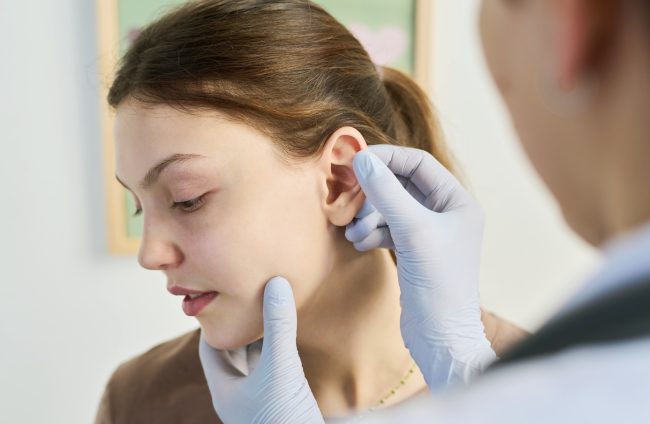
The problem does not pose a threat to the patient’s physical health, and therefore is perceived only as an aesthetic drawback. However, people with large ears have ambivalent attitudes towards the presence of this feature.
For some, this is a normal option that does not cause concern. However, for most, this is a visual defect that noticeably spoils the appearance. Against this background, psychological complexes often arise that interfere with leading a full life. A lop-eared person often lacks self-confidence and is fixated on the problem, trying, if possible, to hide it with a hairstyle or a hat. The situation is further complicated by the fact that such people often become objects of ridicule from others, which only strengthens their complexes. All this has an extremely negative impact on the psyche, especially in childhood, creating an awareness of one’s own inferiority compared to other children.
Treatment methods
In some cases, ear correction can be performed using non-surgical methods, but the main type of treatment is plastic surgery.
Non-surgical methods
To correct protruding ears in children, special ear correctors are used. They help fix the ears in the desired position in order to obtain the expected result after a long time. However, this method is quite effective only for newborns. During the first six months, with constant use of ear correctors, it is possible to get rid of slight protrusion of the ears. The baby’s cartilage tissue is still very flexible, so it lends itself well to correction.
The use of correctors in children of preschool age and older to correct protruding ears is a controversial issue. The effectiveness of treatment, in this case, is determined by the individual characteristics of the development of cartilage tissue and the severity of the problem, however, in practice, conservative therapy is often powerless.
Otoplasty
Ear surgery helps get rid of the problem quickly and forever. The intervention is performed under local or general anesthesia, depending on the age of the patient and the scope of the upcoming manipulation.
The surgeon makes an incision in the folds of the skin behind the ear, providing access to the ear cartilage. Next, the auricle is moved back by partially removing the ear cup, after which it is fixed in a new position with sutures.
Another operable method is to correct the shape of the antihelix. In this case, a combined approach of various manipulations is used, including suturing tissue, excision, grinding or corrugation of cartilage. If necessary, the lobe is also corrected.
After surgery is completed and stitches are placed, a compression bandage is placed on the ears, which must be worn for at least a month. Surgical sutures are removed after 12-14 days. During this period, antibacterial therapy is indicated, physical activity, visits to baths, saunas, and exposure to the open sun are excluded.
Ear plastic surgery at the K+31 clinic
Performing otoplasty requires practical experience and highly qualified surgeons who can perform the operation accurately and safely. The plastic surgery department of the clinic employs the best specialists who help improve the aesthetic appeal of the face and body. For various types of tasks, the department carries out:
- Otoplasty
- Blepharoplasty
- Liposuction
- Rhinoplasty and other types of surgical correction
You can make an appointment with a plastic surgeon by phone or leave a request on the website.
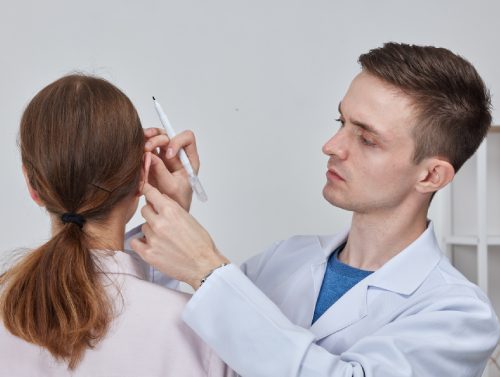
Plastic surgery at K+31












This award is given to clinics with the highest ratings according to user ratings, a large number of requests from this site, and in the absence of critical violations.

This award is given to clinics with the highest ratings according to user ratings. It means that the place is known, loved, and definitely worth visiting.

The ProDoctors portal collected 500 thousand reviews, compiled a rating of doctors based on them and awarded the best. We are proud that our doctors are among those awarded.
Make an appointment at a convenient time on the nearest date
Price
Other services
Reviews







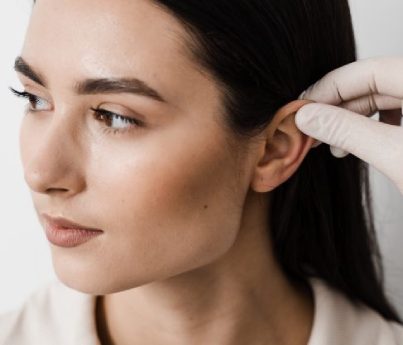
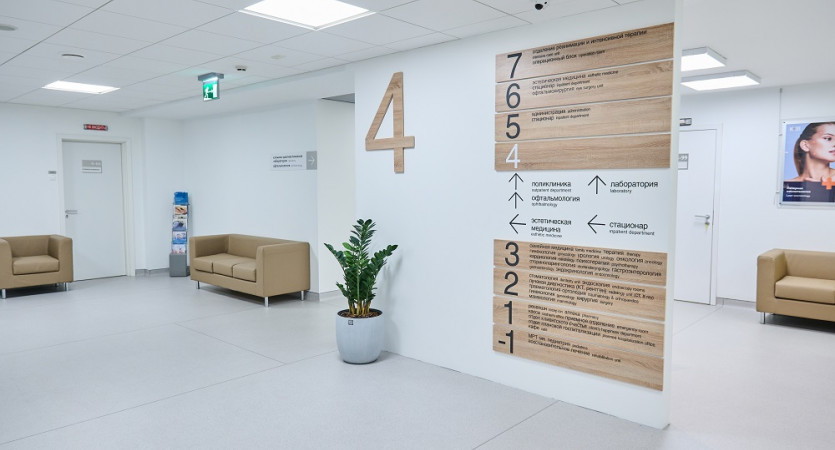
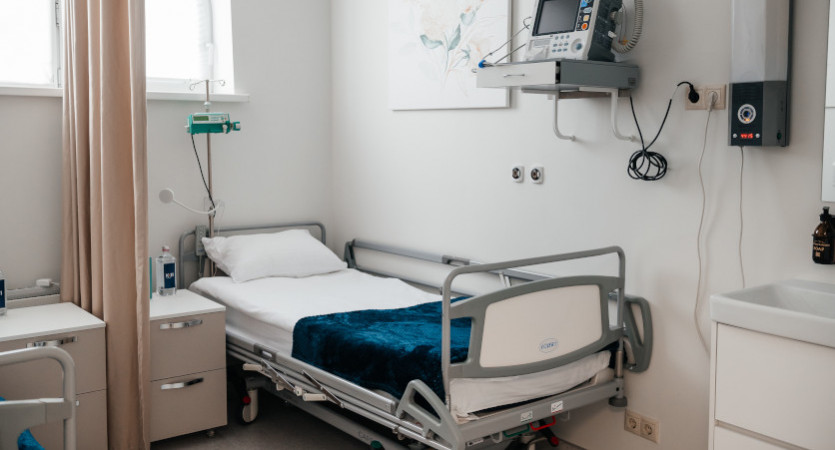
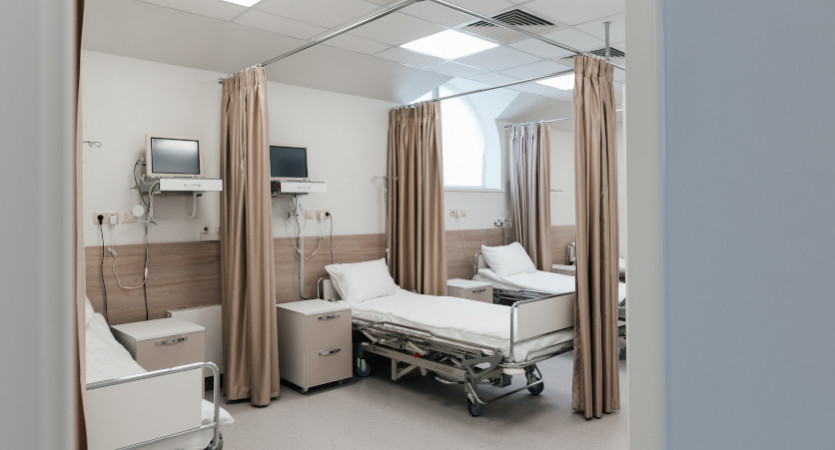
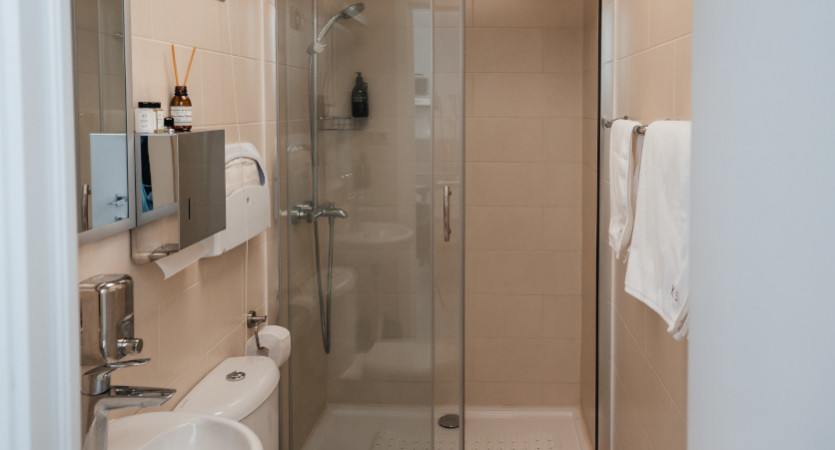

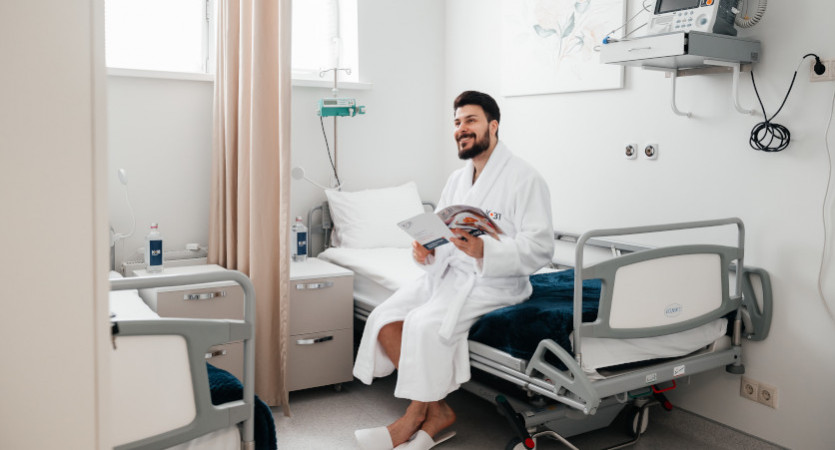
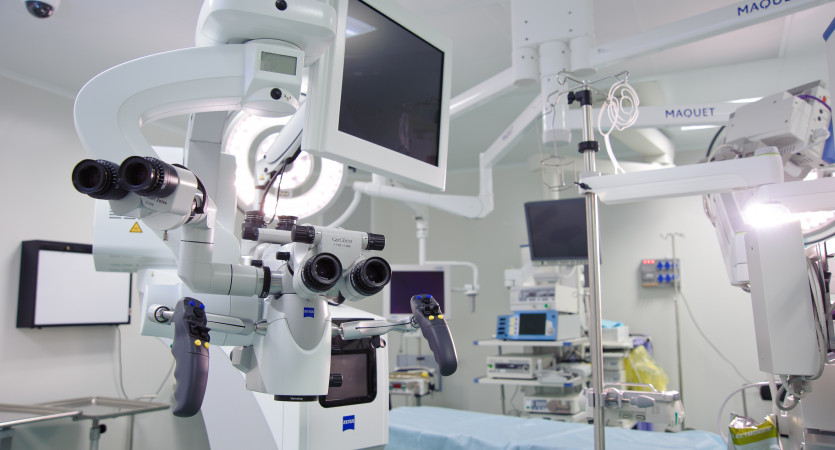
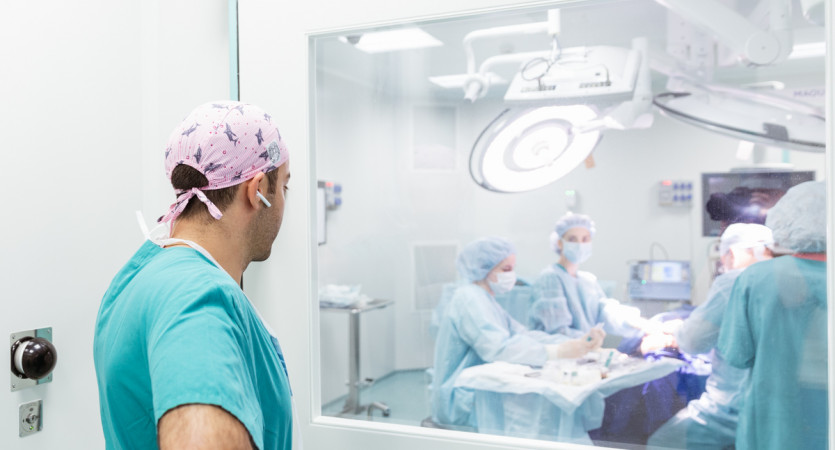
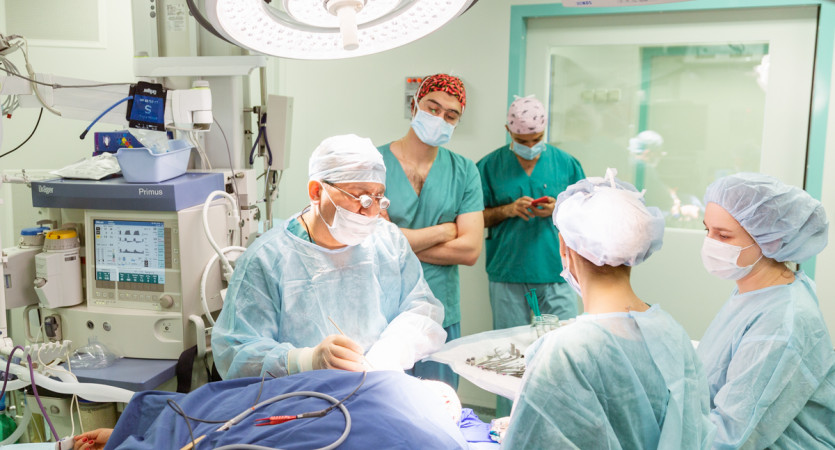
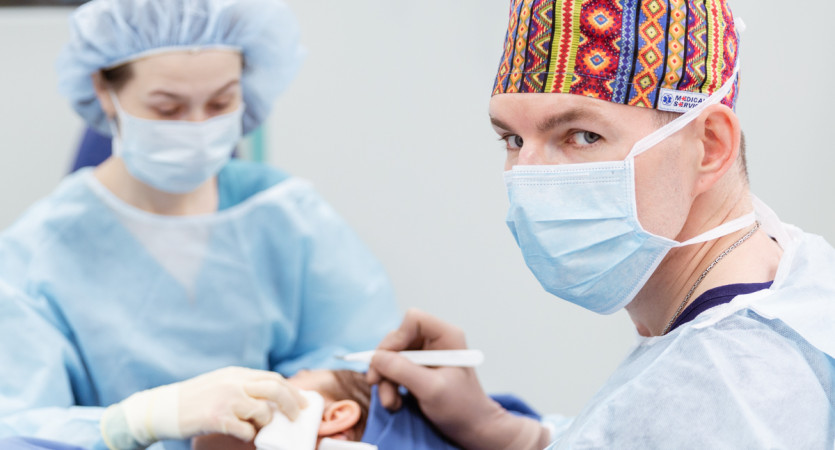
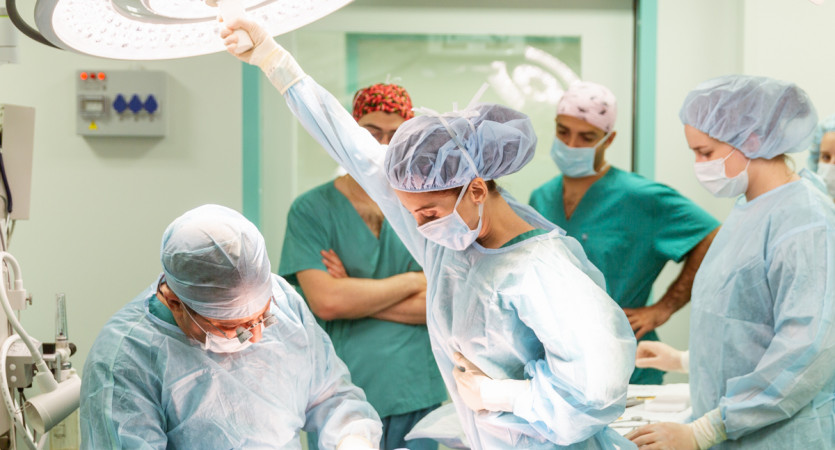

















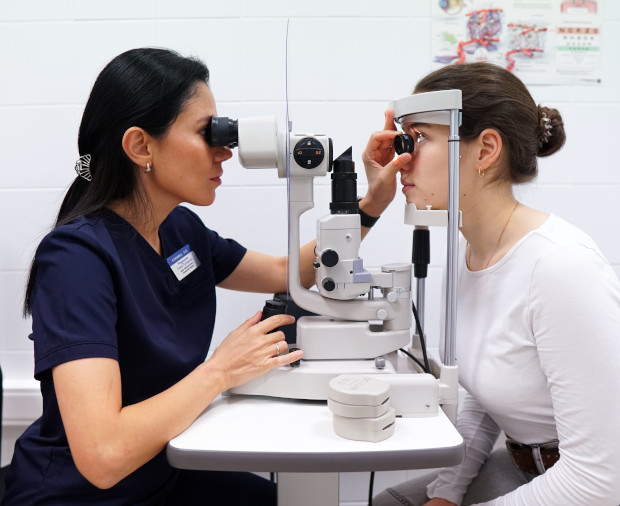




Definition and classification
Protruding ears are a congenital anatomical feature, expressed by an increase in the angle of contact of the auricle to the plane of the temporal bone of the skull. From a medical point of view, the problem is still considered a disease, because is included in the ICD registry and is a cause of decreased quality of life. Prominent ears are equally likely to affect men and women and may affect one or both ears.
Normally, the angle between the planes of the auricle and the head is about 30°. At the same time, the shape and size of the ears correspond to normal indicators. A problem is reported when the angle of contact is greater than the specified norm, which is why the ears visually look protruding. Based on this criterion, the severity of deformation is classified into:
There are also different classifications of types of protruding ears, but selectivity according to the type of external root cause is of practical importance:
Depending on the characteristics of the deformity, the type of appropriate treatment is selected.